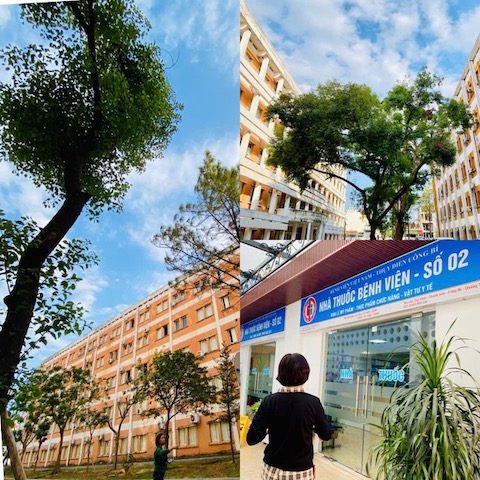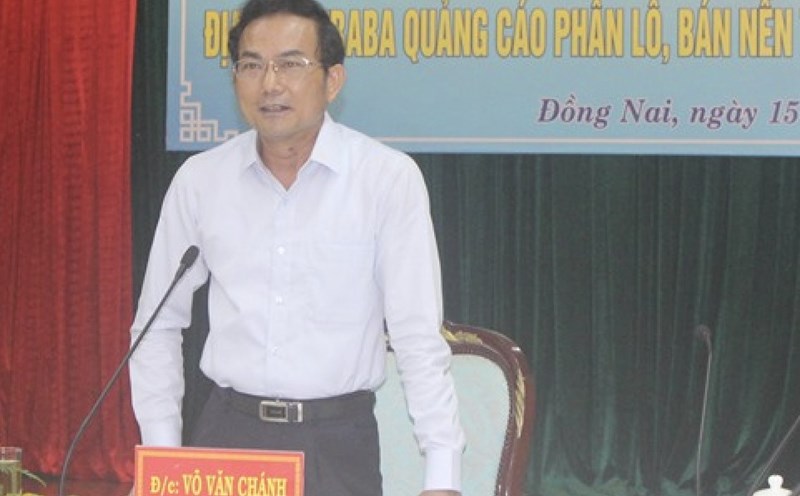Concerns about medical plastic waste
If medical waste is not properly treated, it will lead to soil, water and air pollution, and this pollution will directly or indirectly affect human health and the ecosystem.
In Vietnam, the country currently has more than 13,500 medical facilities, treating more than 150 million people and more than 300 million outpatient visits each year; it is estimated that about 25 million tons of solid waste are generated each year, of which plastic accounts for 10 - 20% (about 2.5 - 5 million tons of plastic waste are generated each year).
According to reports from some hospitals, about 5% - 10% of the volume of medical waste generated is plastic waste, a total of about 22 tons/day, of which infectious plastic waste can account for more than 25% - 40% depending on the hospital's specialty.
Currently, most hospitals hire outside environmental units to handle medical solid waste, including plastic waste, and the main treatment method is to burn it - the most toxic method of handling plastic, or bury it. The cost of hiring this treatment is also a considerable burden for hospitals, even many times greater when the waste is infectious waste.

Turn trash into revenue
According to the Department of Medical Environment - Ministry of Health, Vietnam - Sweden Uong Bi Hospital is the pioneer in the country to implement the solution of recycling infectious plastic waste by steam sterilization method.
According to a report by the Vietnam - Sweden Uong Bi Hospital, in 2023, the unit steamed and treated 45,800 kg of infectious medical waste into recyclable regular waste, of which 23,142 kg was recycled and earned a total profit of about 475 million VND.
Common types of waste include plastic bags, medical supplies packaging, drug packaging, chemicals, needles, gloves, bottles, medicine vials, etc. If not handled properly, these wastes can cause serious environmental pollution.
Sharing with Lao Dong reporter, Specialist Nurse 1 Truong Thi Kieu Oanh, Head of Infection Control Department, Vietnam - Sweden Uong Bi Hospital said that to minimize waste, especially medical plastic waste at the hospital, after QCVN:2013/BTNMT was issued in 2013, the hospital researched, contacted and received support and guidance from experts from the Department of Medical Environment Management to implement it at the hospital.
The hospital is currently applying non-incineration autoclaving technology to treat infectious plastic waste. Test results from the Institute of Occupational and Environmental Health (Ministry of Health) show that this method meets safety standards.
This non-combustion method does not generate smoke or toxic gases, significantly reducing the risk of air, soil and water pollution.
This method does not generate smoke, dust, or toxic gases, contributing to significantly reducing the risk of air, soil, and water pollution. At the same time, it converts infectious medical waste into recyclable waste, minimizing non-biodegradable plastic waste, thereby opening up a sustainable development direction for the healthcare industry.
In addition, the hospital organizes waste sorting at the source, with clearly labeled bins to limit confusion. On the injection vehicle, there are also separate sorting bins, labeled to avoid confusion.
Medical staff regularly propagate and mobilize patients and their families to classify and collect garbage in the right places, limit the use of disposable plastic products, increase the reuse and recycling of plastic products... Thereby building and maintaining environmentally friendly habits, contributing to repelling plastic pollution, protecting a healthy environment inside and outside the hospital.
Talking about the model being implemented here, Dr. Phan Thi Ly, Head of the Department of Medical Environment Management, Department of Medical Environment Management (Ministry of Health), highly appreciated the Hospital's initiative.
This solution is not only technically effective but also helps save costs, protect the environment and improve community living conditions.











